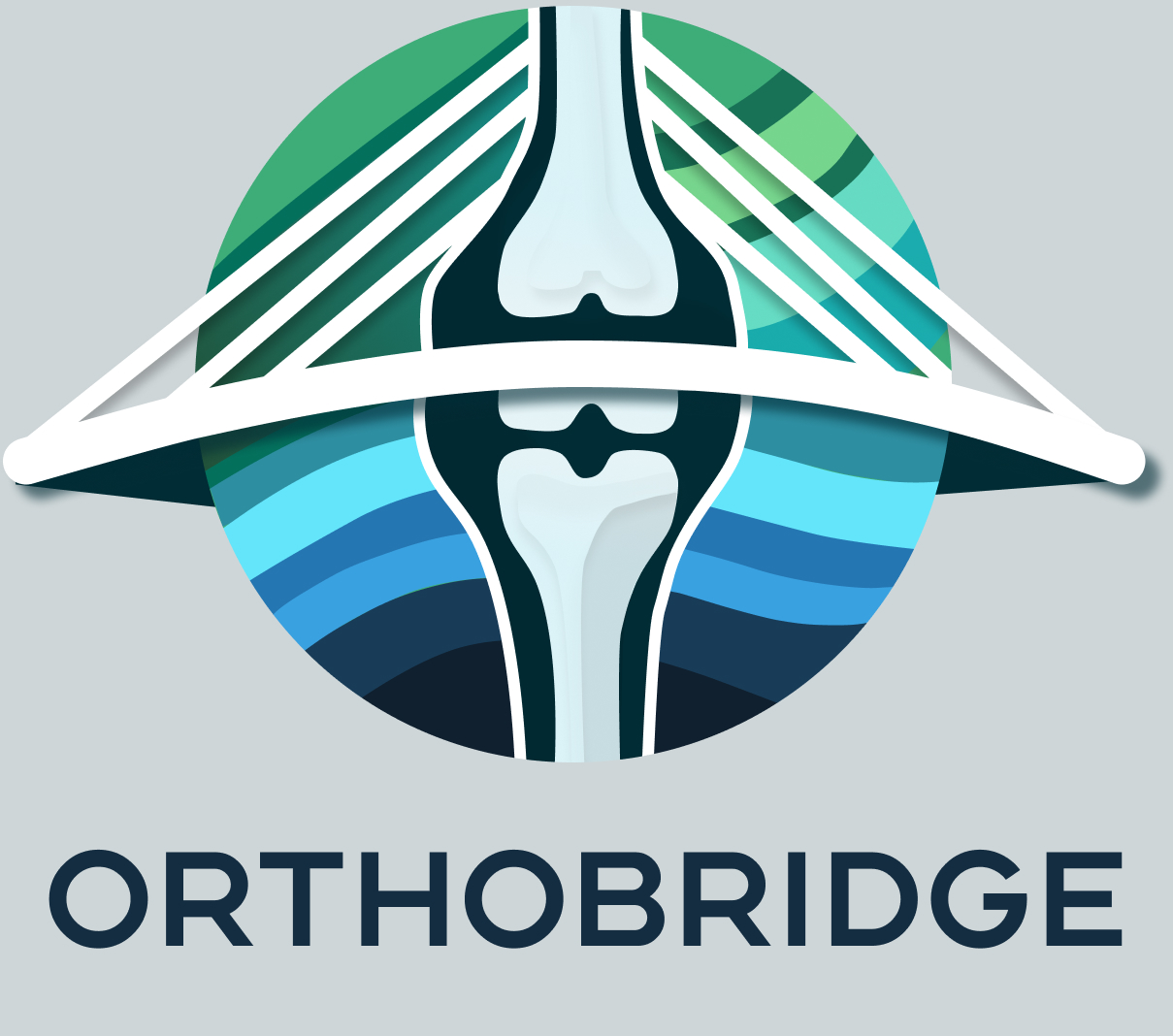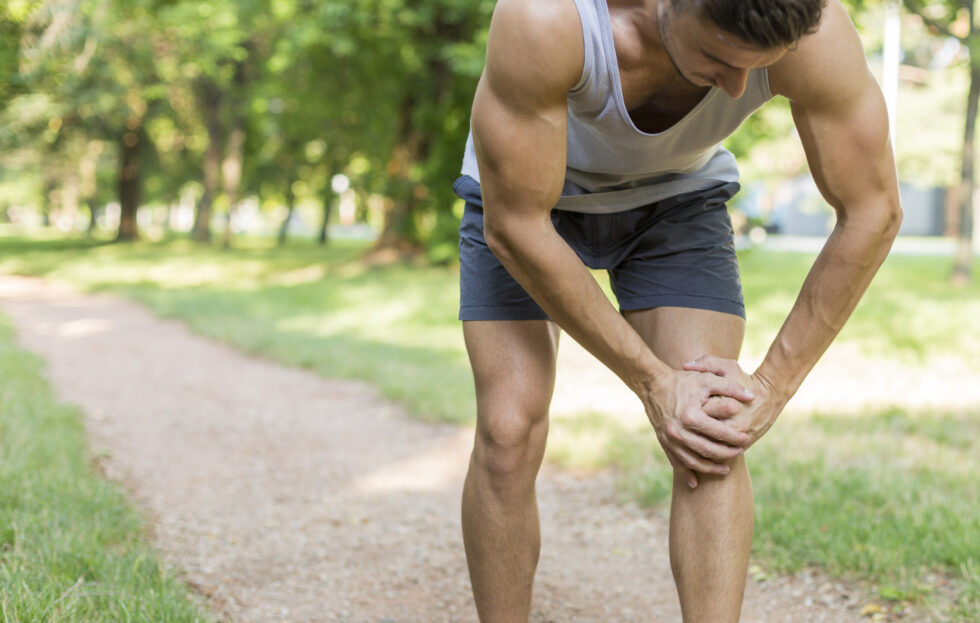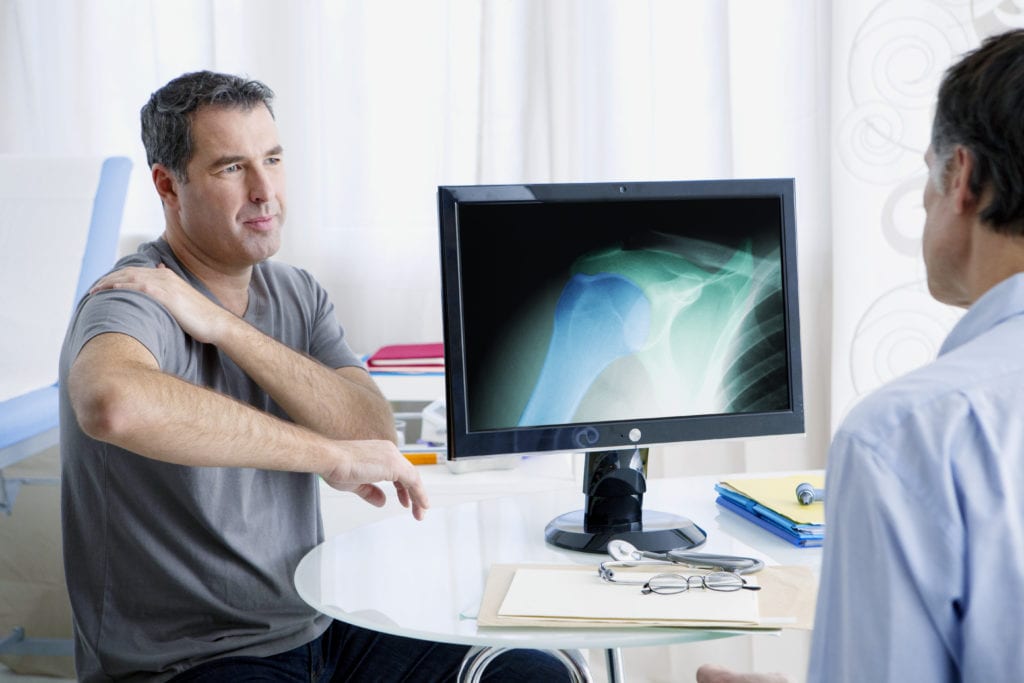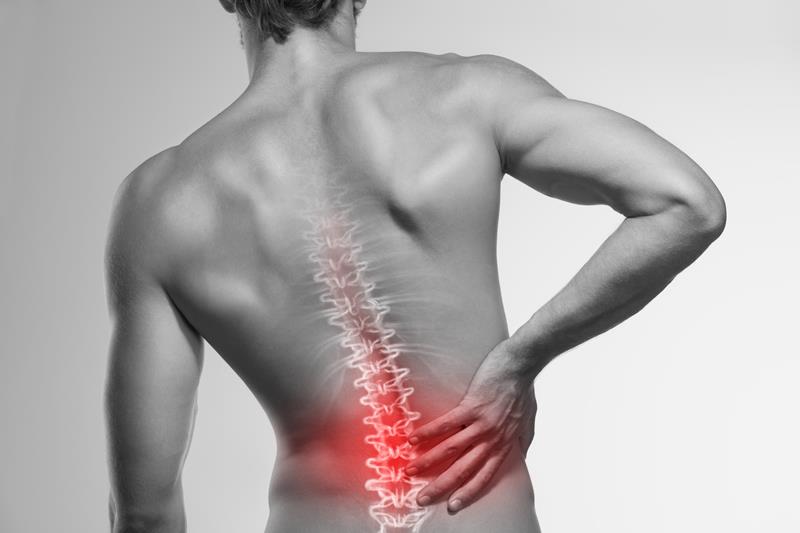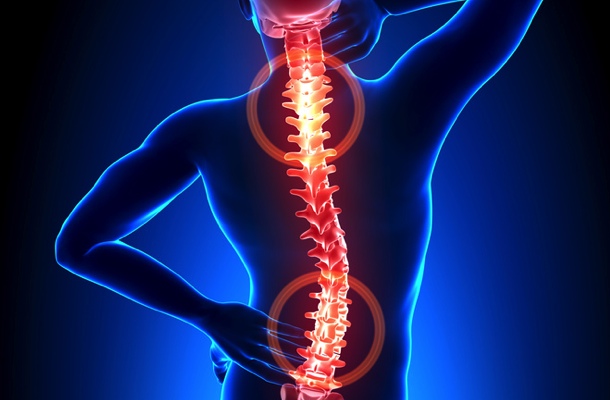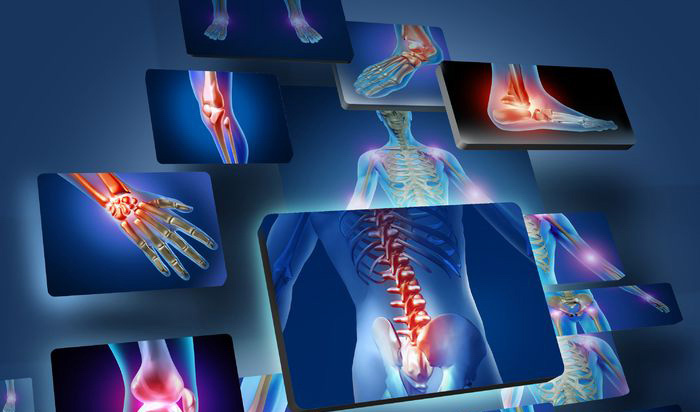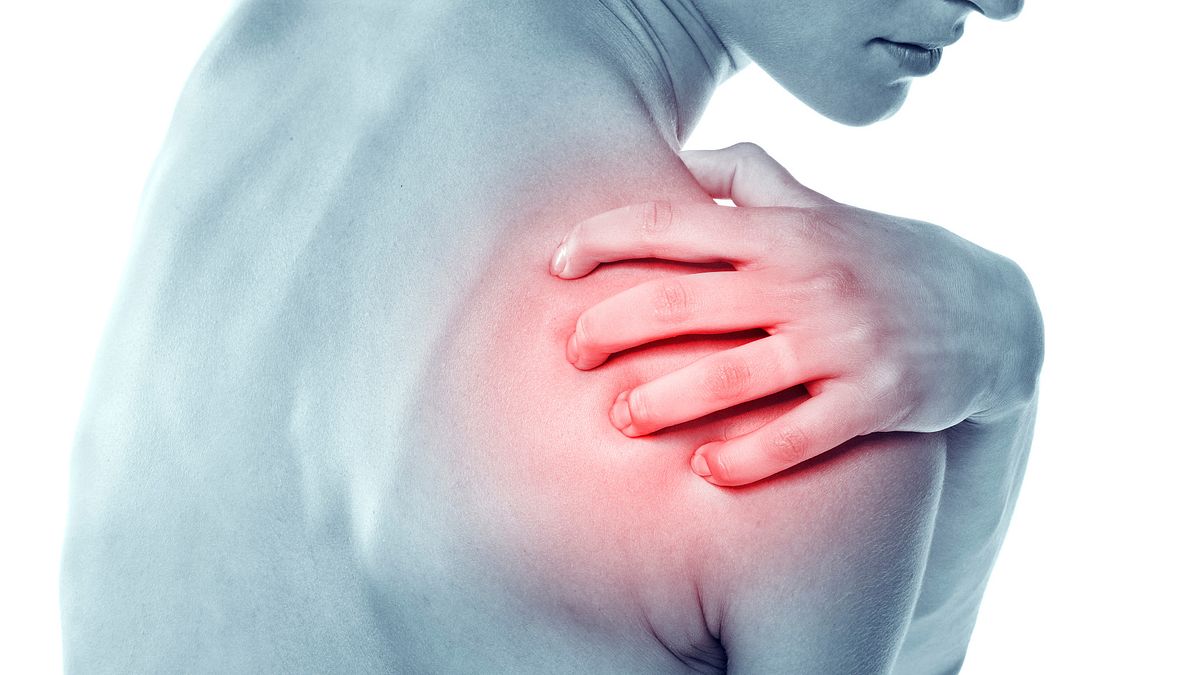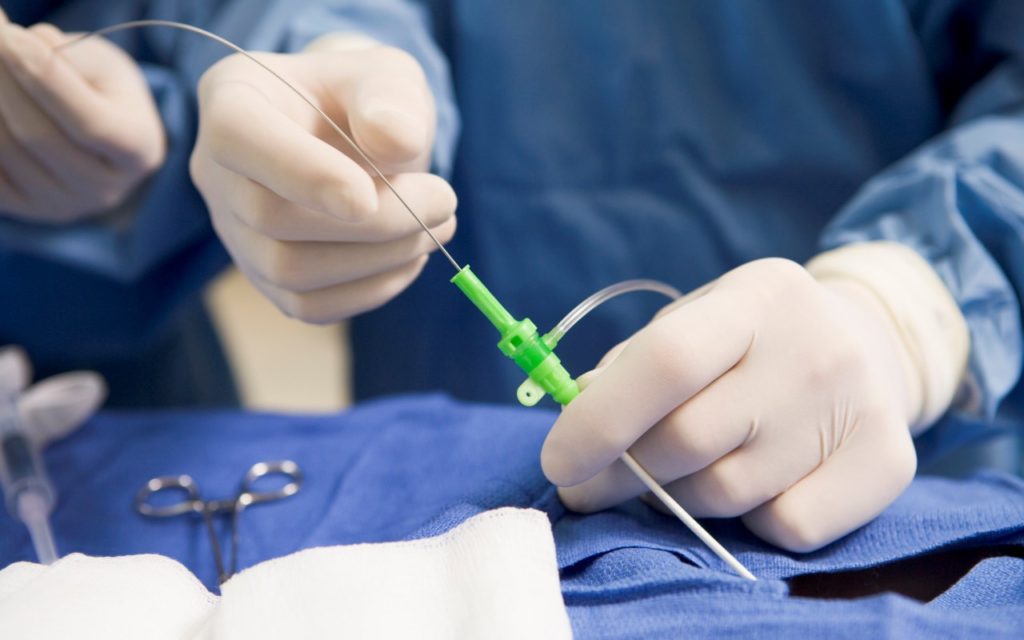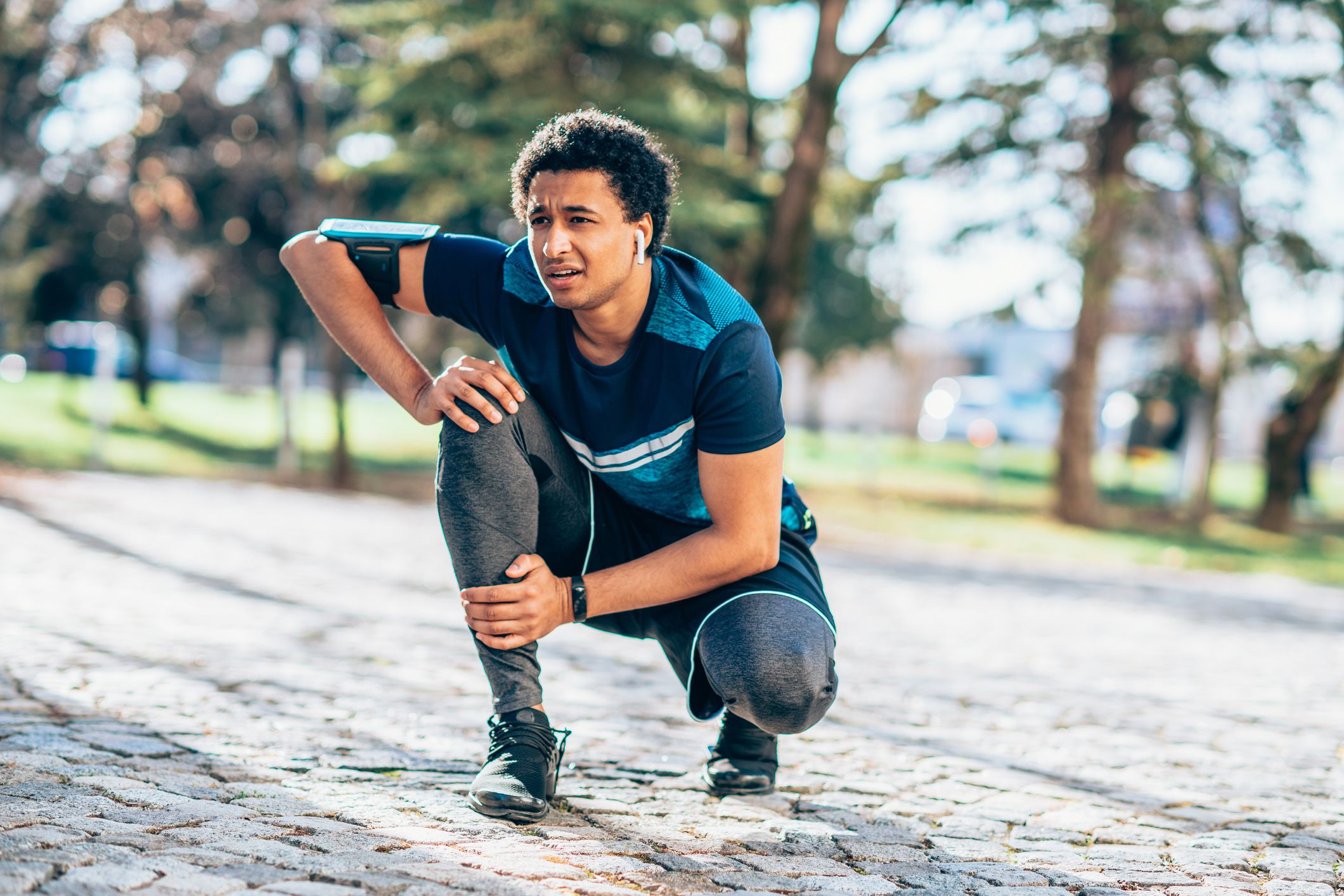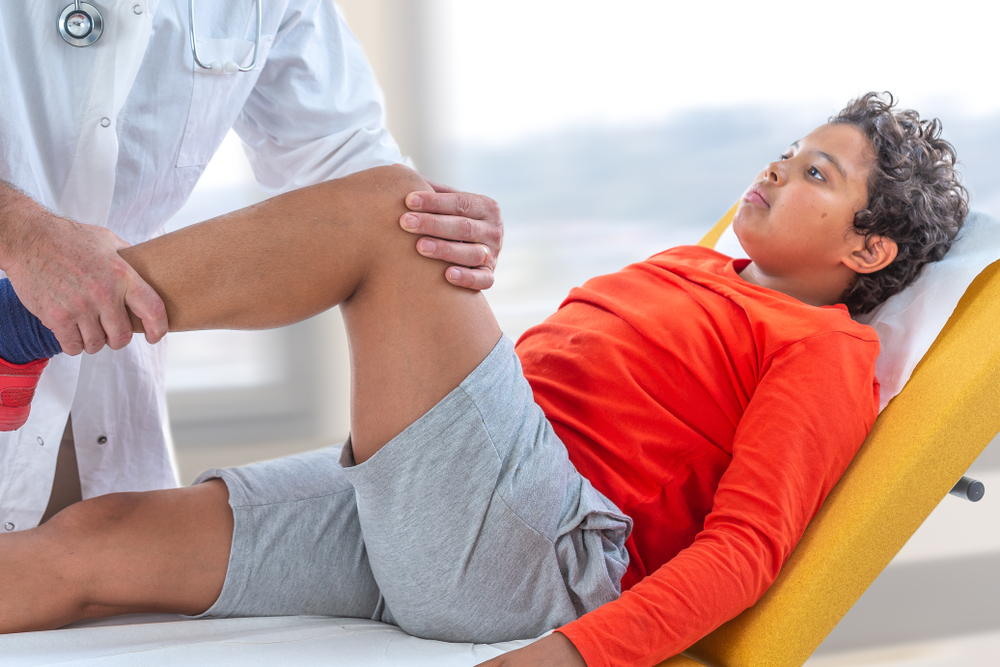What is Arthritis?
Arthritis is the swelling and tenderness of one or more joints. The main symptoms of arthritis are joint pain and stiffness, which typically worsen with age. The most common types of arthritis are osteoarthritis and rheumatoid arthritis.
Osteoarthritis causes cartilage — the hard, slippery tissue that covers the ends of bones where they form a joint — to break down. Rheumatoid arthritis is a disease in which the immune system attacks the joints, beginning with the lining of joints.
Uric acid crystals, which form when there’s too much uric acid in your blood, can cause gout. Infections or underlying disease, such as psoriasis or lupus, can cause other types of arthritis.
Treatments vary depending on the type of arthritis. The main goals of arthritis treatments are to reduce symptoms and improve quality of life.
Types of Arthritis
Arthritis is a broad term that describes more than 100 different joint conditions. The most common types of arthritis include:
- Osteoarthritis, or “wear and tear” arthritis, which develops when joint cartilage breaks down from repeated stress. It’s the most common form of arthritis.
- Ankylosing spondylitis, or arthritis of the spine (usually your lower back).
- Juvenile arthritis (JA), a disorder where the immune system attacks the tissue around joints. JA typically affects children 16 or younger.
- Gout, a disease that causes hard crystals of uric acid to form in your joints.
- Psoriatic arthritis, joint inflammation that develops in people with psoriasis (autoimmune disorder that causes skin irritation).
- Rheumatoid arthritis, a disease that causes the immune system to attack synovial membranes in your joints.

What causes arthritis?
-
Different types of arthritis have different causes. For instance, gout is the result of too much uric acid in your body. But for other types of arthritis, the exact cause is unknown. You may develop arthritis if you:
- Have a family history of arthritis.
- Have a job or play a sport that puts repeated stress on your joints.
- Have certain autoimmune diseases or viral infections.
- The no needs for surgical incisions, detachment of the muscles from the bones of the vertebral laminae, removal of bone and ligaments, determines the absence of problems as typical for “traditional” surgery such as the formation of scars around the nerve roots, chronic pain due to muscle damage and, sometimes, also instability of the spine with the need perhaps of subsequent rather complex surgical re – operations.

What are some of the symptoms of Arthritis?
-
Different types of arthritis have different symptoms. They can be mild in some people and severe in others. Joint discomfort might come and go, or it could stay constant. Common symptoms include:
- Pain.
- Redness.
- Stiffness.
- Swelling.
- Tenderness.
- Warmth.

What are the risk factors for Arthritis?
Risk factors for arthritis include:
- Family history. Some types of arthritis run in families, so you may be more likely to develop arthritis if your parents or siblings have the disorder.
- Age. The risk of many types of arthritis — including osteoarthritis, rheumatoid arthritis and gout — increases with age.
- Your sex. Women are more likely than men to develop rheumatoid arthritis, while most of the people who have gout, another type of arthritis, are men.
- Previous joint injury. People who have injured a joint, perhaps while playing a sport, are more likely to eventually develop arthritis in that joint.
- Obesity. Carrying excess pounds puts stress on joints, particularly your knees, hips and spine. People with obesity have a higher risk of developing arthritis.
How can i prevent Arthritis?
You can lower your chances of developing arthritis by:
- Avoiding tobacco products.
- Doing low-impact, non-weight bearing exercise.
- Maintaining a healthy body weight.
- Reducing your risk of joint injuries.


Why Does My Knee Click?
If you have ever heard your knees making noise when you step up, bend down, or stand up, it can be a little unnerving. What is causing it? Is there a problem with your knees? Many of our joints can make noises at times and knees are no different. So why do knees click...

What is primary care?
Have you ever wondered, “what is a PCP?” and why your insurance or employer wants you to have a PCP? Or what you can see your physician for? Well you’re in the right place! Here’s everything you need to know about primary care and what it does for you. What is primary...

Why Your Physicians Wants to See You More Than Once a Year
Have you had your annual physical this year? For seniors, it’s extremely important for your long-term health to have an annual physical for prevention and maintenance. As we age, our health becomes more vulnerable and small concerns can quickly evolve into major...

What is a physical?
The end of the year is quickly approaching which means it’s time to get around to all of the things you’ve been leaving until the end of the year, like visiting your provider for your annual physical. Annual adult physicals are an essential part of establishing a...

Who Can Benefit From Physical Therapy?
In a nutshell – anyone can benefit from physical therapy. Physical therapists are movement experts who can help people with pain, stiffness, disease, injury, and rehabilitation after surgery. They can also help people move better and reduce the risk of getting hurt. ...

Healing From an Elbow Fracture: What to Expect
The elbow is at the center of it all when it comes to moving your arm. Your elbow joint connects your upper arm bone (humerus) to your two lower forearm bones, the ulna and the radius. Ligaments, muscles, and tendons hold it all together. Elbow fractures are common...

What Happens During Sports Physical Therapy?
Playing sports is great for your mind and body, and more people are playing sports than ever before. According to the Centers for Disease Control and Prevention (CDC), almost 30 million children and adolescents under 14 participate in youth sports. As for adults, the...

When Does a Meniscus Tear Require Knee Surgery?
When you think of your knee, what do you think of? Probably your kneecap, arguably the most visible (and touchable) part of your knee. But there’s a lot more to your knee than the bony outer prominence. Inside your knee, two wedge-shaped pads of cartilage, called...

Tips for Preventing and Treating Shoulder Bursitis
About two-thirds of Kenyans will suffer from shoulder pain at some point during their lifetimes, and like other joint issues, painful symptoms tend to increase with older age. But age isn’t the only factor that influences shoulder pain. Issues like inflammation and...

Cartilage Transplants – Restoration for an Injured Knee
Cartilage injuries can happen in a variety of different ways, but commonly it is the result of a sports injury, specifically when an individual falls or hits the knee on the ground. It can occur as a part of a meniscus or ligament injury, or a bone injury. When this...
Request an appointment with orthopedic specialists in Kenya at Orthobridge Institute, an orthopedic center in Nairobi, Kenya.
Contact us or schedule a consultation online to learn more.
